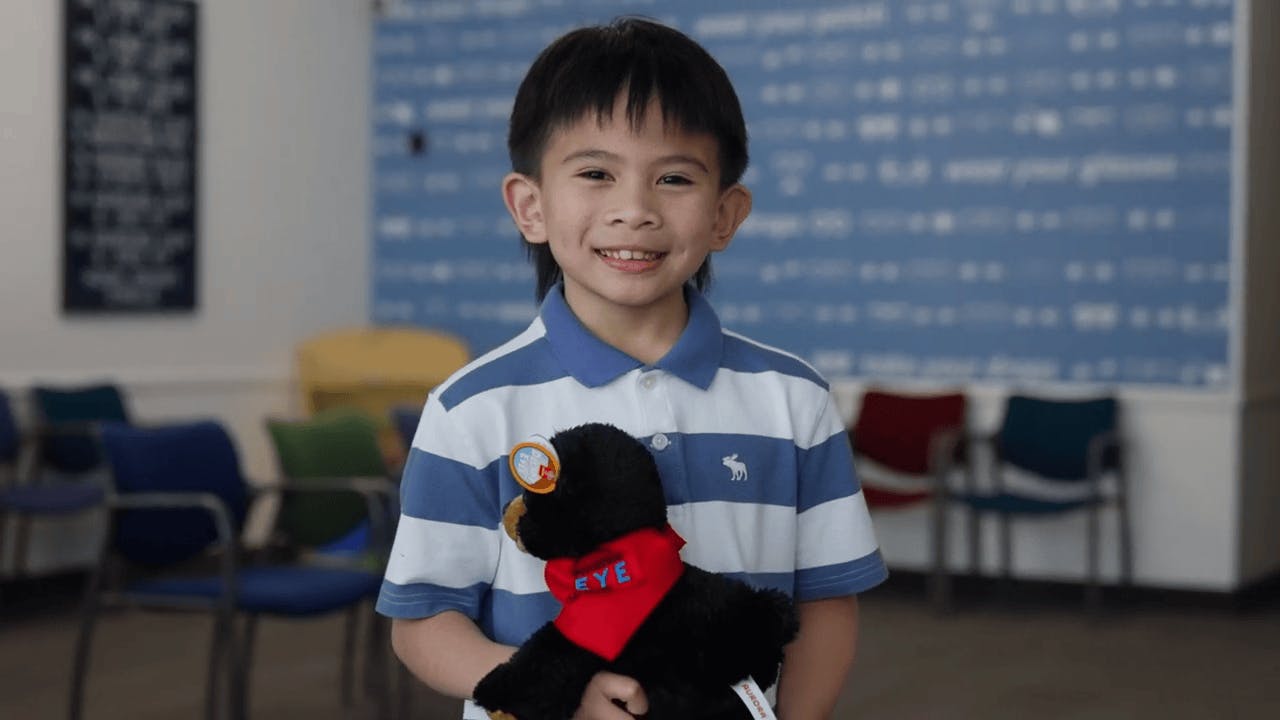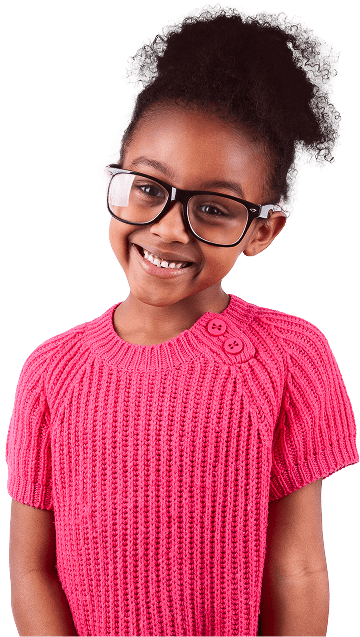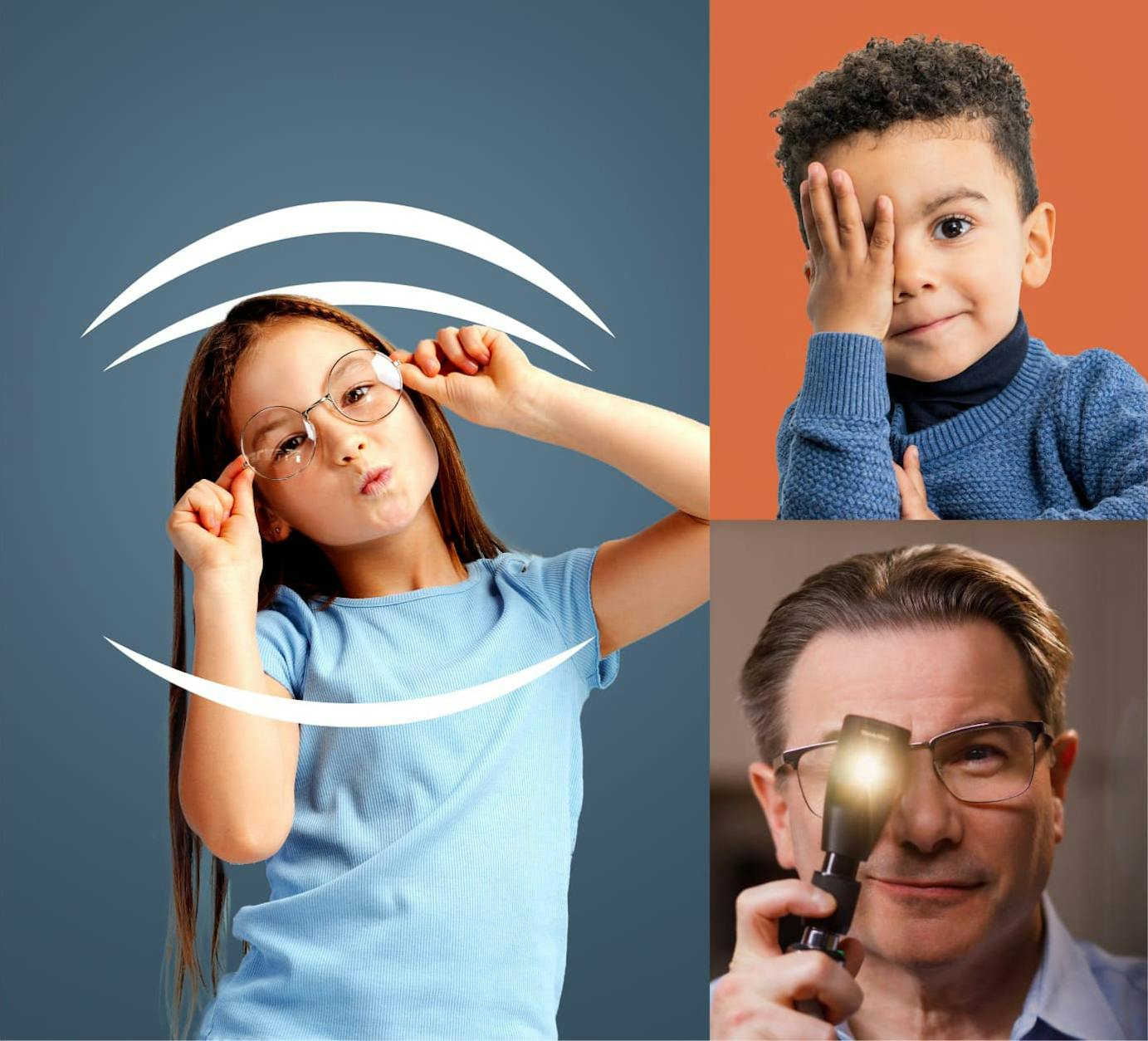Beyond the eye and visual system, we evaluate and treat the orbit and peri-orbita (area around the eye). This aspect of ophthalmology is known as oculoplastics, and concerns disorders that can affect vision, comfort, and appearance. From blocked tear ducts to tumors around the eye, Dr. Lichtenstein brings surgical precision, decades of experience, and a warmth that puts kids (and parents) at ease.
Conditions We Treat
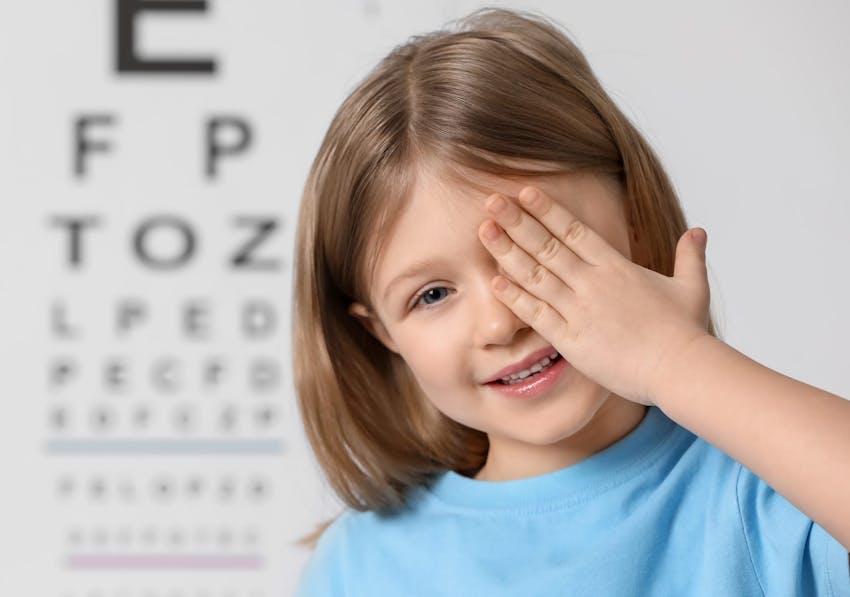
Chalazion & Hordeolum
Blocked oil glands in the eyelid can lead to either a chalazion (painless lump) or a hordeolum, also known as a stye (painful, red bump). While most resolve with warm compresses, persistent or recurring bumps may need to be drained. Dr. Lichtenstein offers in-office and surgical solutions depending on your child’s age and comfort level.
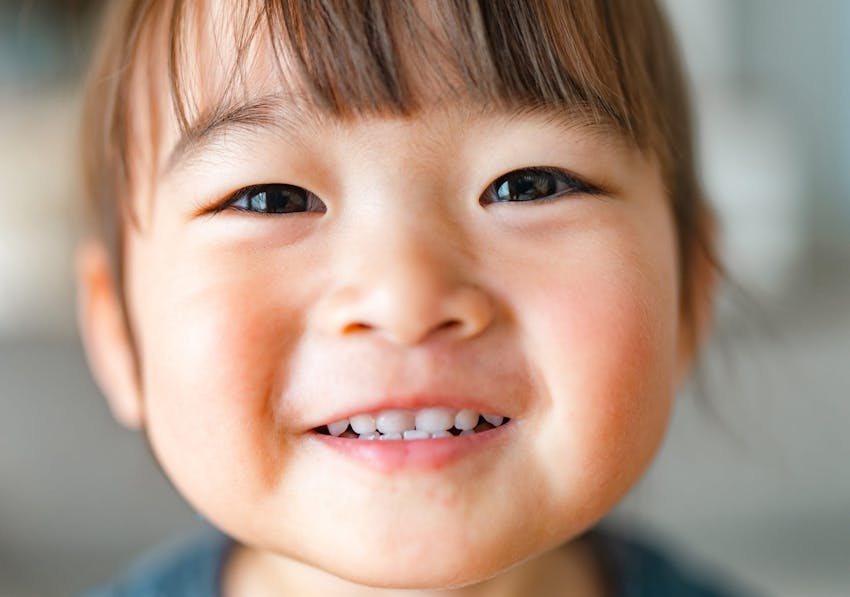
Dermoid
Dermoid cysts are benign, slow-growing lumps often found under the skin around the eye. Present at birth, these cysts grow and contain dandruff, hair, and sebum (oil). Although they rarely threaten vision, they can make a big mess if they rupture, and there may be cosmetic concerns as they enlarge. Dr. Lichtenstein carefully removes dermoid cysts and always tries to hide the scar within a natural skin crease.
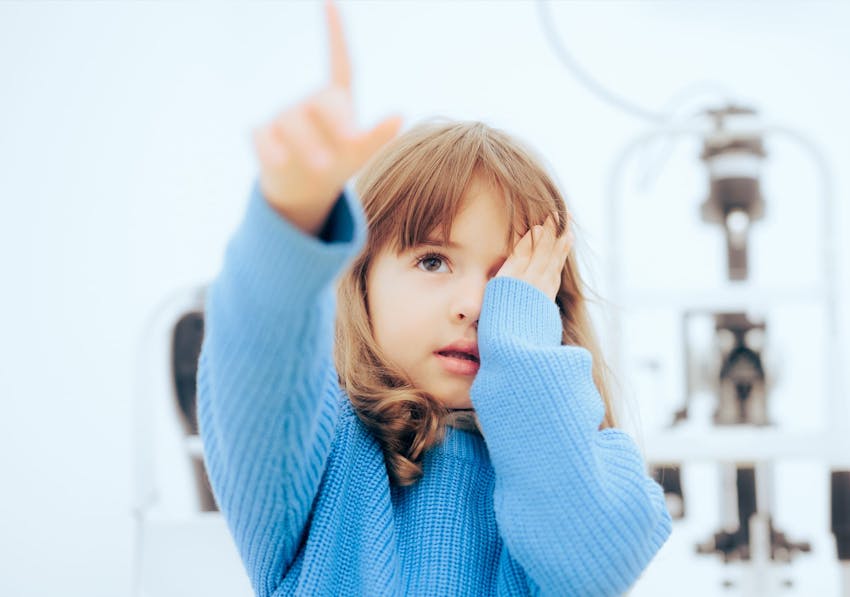
Nasolacrimal Duct Obstruction (NLDO)
If your baby has a frequent or constant teary or gooey eye, they may have an NLDO. Most of these resolve on their own in the first year or so. If not, Dr. Lichtenstein is very experienced in performing several different surgical procedures to clear the obstruction and restore normal tear drainage, so your baby stays comfortable and doesn't have a weepy, gooey eye.
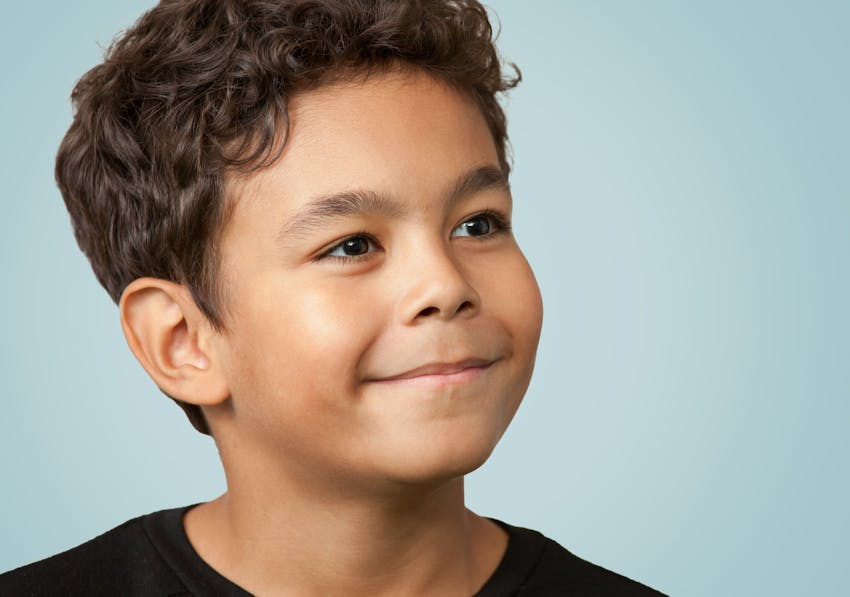
Ptosis
When a child's upper eyelid muscle doesn't develop quite right, and in certain nerve disorders, the eyelid will droop (ptosis). If the eyelid covers the pupil, this can cause vision loss (amblyopia) or an chin-up head position as the child tries to use that eye. Sometimes, the weight of the lid pushing on the cornea will cause a lot of astigmatism, and this can also lead to amblyopia. Dr. Lichtenstein evaluates the severity of the ptosis and recommends surgery when needed to support normal visual development. He also performs ptosis repair on children and adolescents whose self-esteem in negatively affected by their appearance.
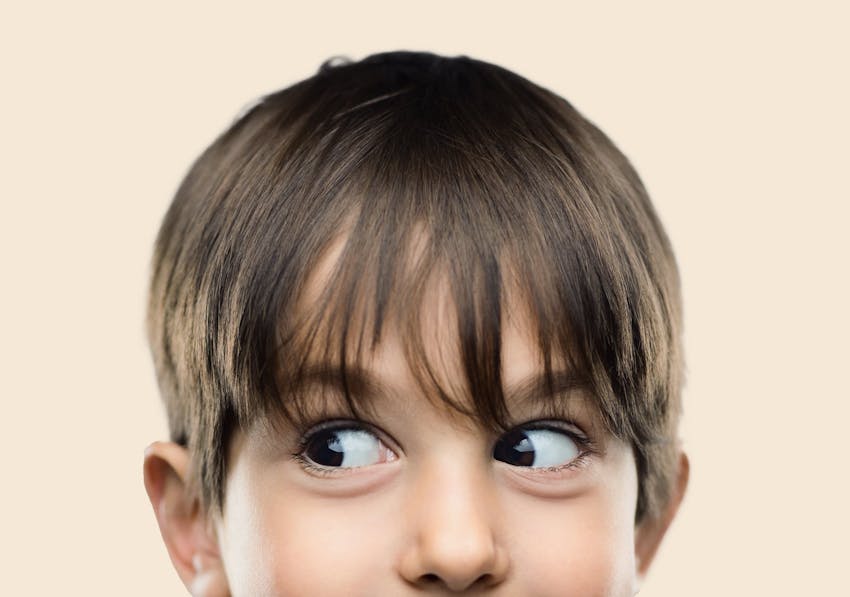
Miscellaneous Lumps & Bumps
Kids can develop a range of minor eyelid or skin lesions, including milia (small white bumps), skin tags, or viral warts like molluscum contagiosum. While many go away on their own, others may spread or cause irritation. Dr. Lichtenstein can safely remove persistent or bothersome growths to prevent complications and keep your child comfortable.



